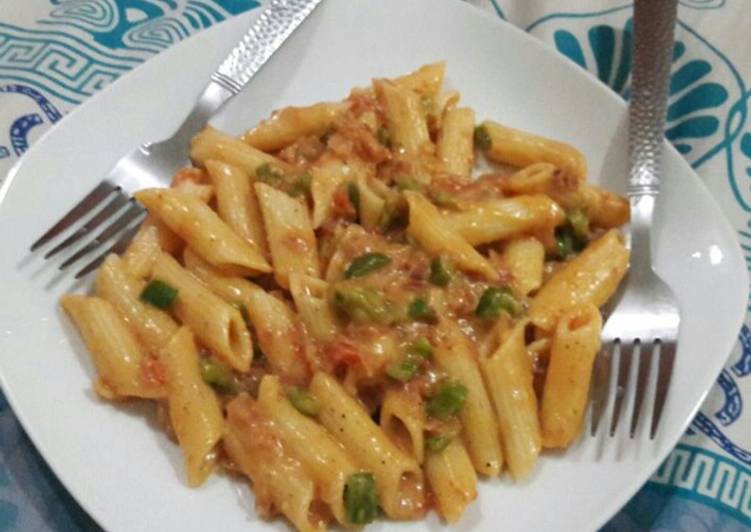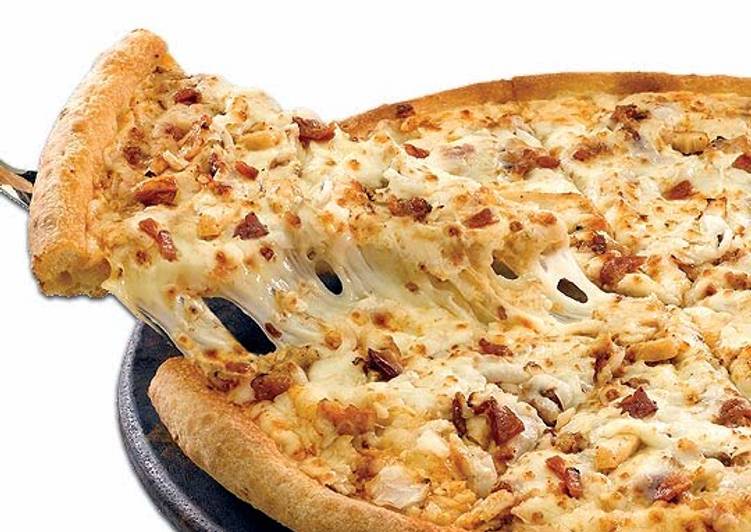
Dambun nama hanya ce ta sarrafa nama yadda zai yi dadin ci da kuma sauqin ajiya ba tare da ya lalacr ba. How to make meat floss Recipe Meat (Deboned) Stock cubes Salt Blended scotch bonnet, onions and garlic Seasoning Chilli powder Vegetable oil Place the meat. MEAT FLOSS RECIPE(DAMBUN NAMA)/BY AYZAH CUISINE Подробнее. Meat floss has an interesting name in Chinese language: 肉松 literally means fluffy meat.
Meat floss(Dambun nama) is one of the most favored of recent trending foods on earth. It’s simple, it is quick, it tastes delicious. It’s appreciated by millions daily. They’re fine and they look fantastic. Meat floss(Dambun nama) is something that I’ve loved my entire life.
To begin with this particular recipe, we have to prepare a few components. You can cook meat floss(dambun nama) using 11 ingredients and 2 steps. Here is how you can achieve that.
The ingredients needed to make Meat floss(Dambun nama):
- Make ready 4 kg beef
- Get 2 large onions
- Get to taste Scotch bonnet
- Take 10 pieces cloves
- Take 1 tablespoon powdered garlic
- Take Maggi
- Get 2 tablespoon curry
- Make ready 2 tablespoon thyme
- Take Salt
- Get 7 cups Oil
- Get 8 cups water
Your favorite Meat and Chicken floss plug "Dambun Nama". Rousong or yuk sung, also known as meat floss, is a dried meat product with a light and fluffy texture similar to coarse cotton, originating from China. Rousong is used as a topping for many foods, such as congee, tofu, rice, and savory soy milk. Dambu-Nama - Nigerian dried Beef floss.
Instructions to make Meat floss(Dambun nama):
- In a pot wash and cut the meat into small pieces then blend onions,cloves and scotch bonnet and it to the meat add in the Maggi, curry,thyme,garlic and salt then add water and turn off the heat and allow to cook until soft and it starts breaking
- Then bring it down and pound it using motar and pestle then separate the meat to remove any unwanted parts then put it back into another pot then add oil and keep stirring it on low heat until the oil comes up then bring it down and pour it into a colander and allow to stay over night so that the oil will drop completely then it's ready you can add more ground pepper and Maggi if you like
Rousong is used as a topping for many foods, such as congee, tofu, rice, and savory soy milk. Dambu-Nama - Nigerian dried Beef floss. Minced meat biryani rice recipe by ayzah cuis. Keywords: Dambun nama, red and white meat. This research was done to evaluate the potential of different meat sources in producing acceptable dambun nama when compared with the traditional beef dambun nama in Nigeria.
Which means that at any given meat floss(dambun nama) time on your cooking cycle cycles there’s quite probably someone somewhere that is better and/or worse at cooking than you personally. Take heart from this because even the most effective have bad days in terms of cooking. There are several people who cook for different factors. Some cook in order to eat and survive while others cook simply because they actually enjoy the process of ingestion. Some cook through the times of emotional upheaval and many others cookout of sheer boredom. Whatever your reason for cooking or learning to cook you should always begin with the fundamentals.
First thing you have to understand is what the different terminology you’ll discover in recipes actually means. There are lots of new and at times foreign sounding terms that you may find in common recipes. These terms can mean that the gap in recipe failure or success. You should be able to detect a fantastic section in virtually any inclusive cookbook that explains different definitions for unknown terminology. If you’re not absolutely certain what’s meant with"folding at the eggs" it is in your best interests to check it up.
You will also detect as your own experience and confidence grows you will find yourself more and more frequently improvising when you move and adjusting meals to meet your own personal preferences. If you’d like more or less of ingredients or want to generate a recipe a little more or less hot in flavor that can be made simple adjustments on the way so as to attain this goal. In other words you will start punctually to create meals of one’s very own. And that’s something you may not fundamentally learn when it has to do with basic cooking skills for novices but you’d never learn if you didn’t master those basic cooking abilities.


